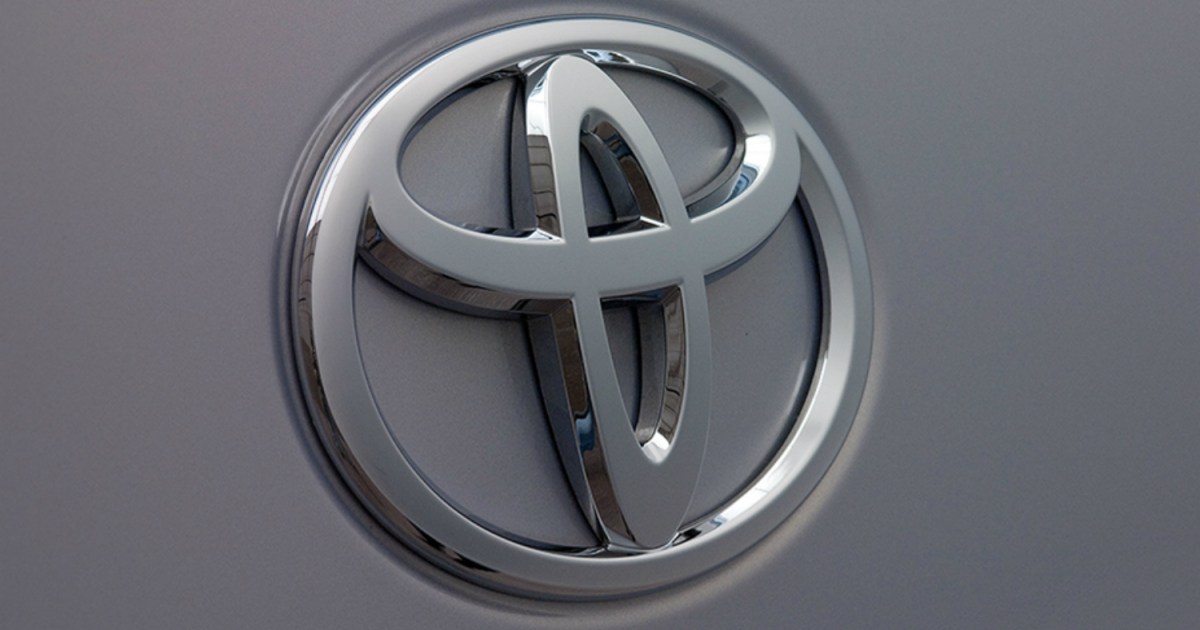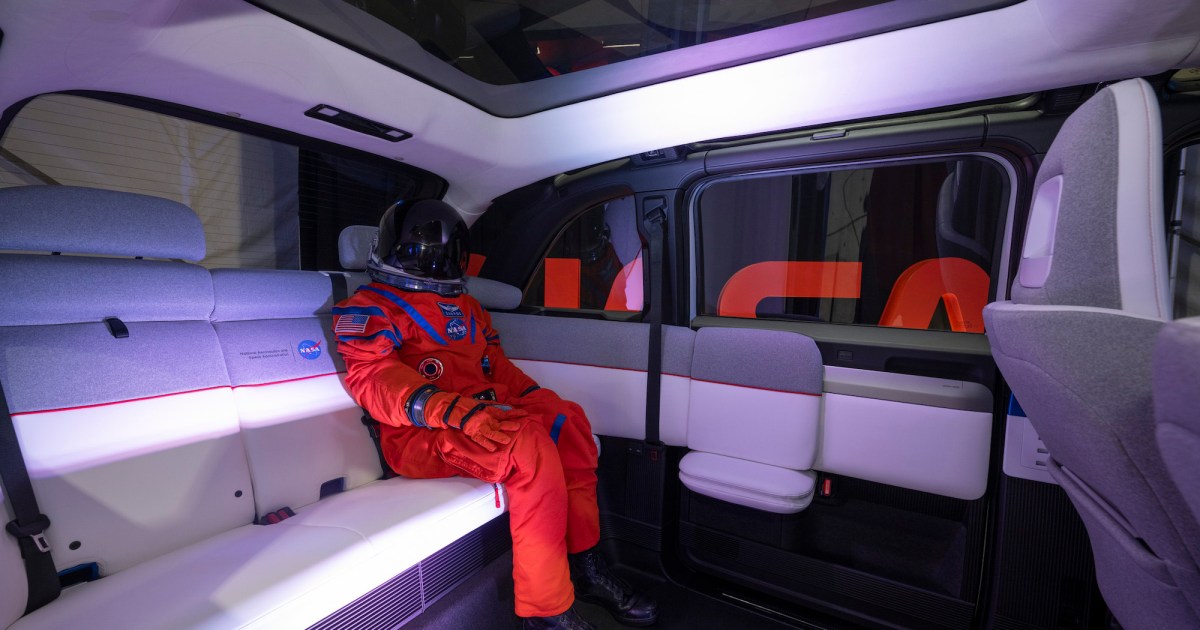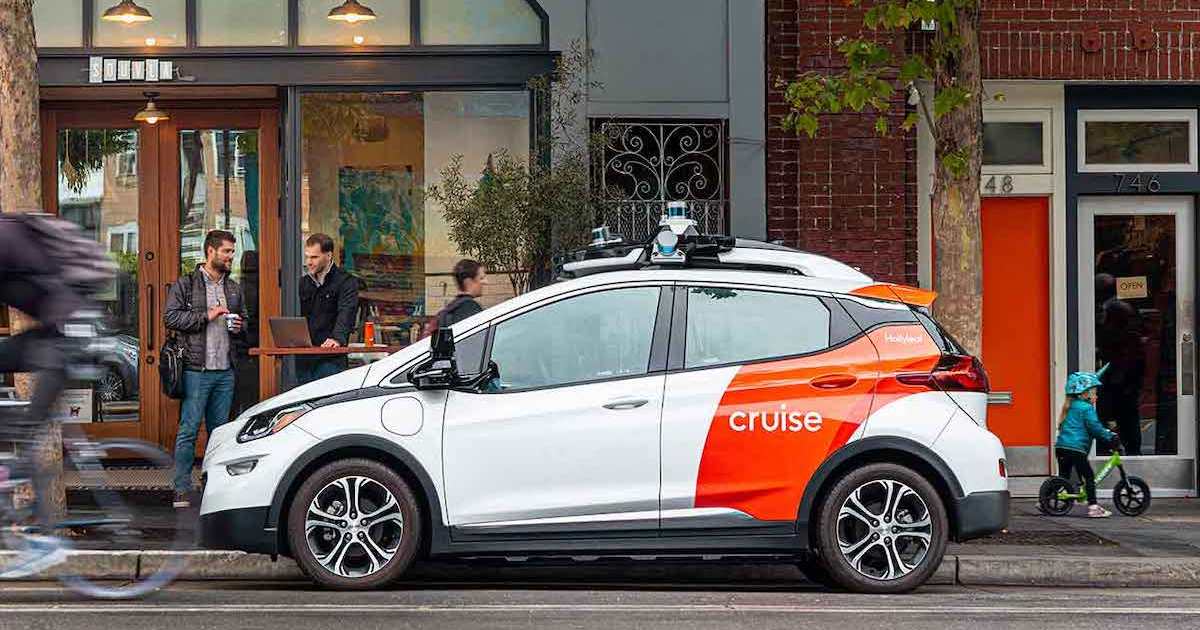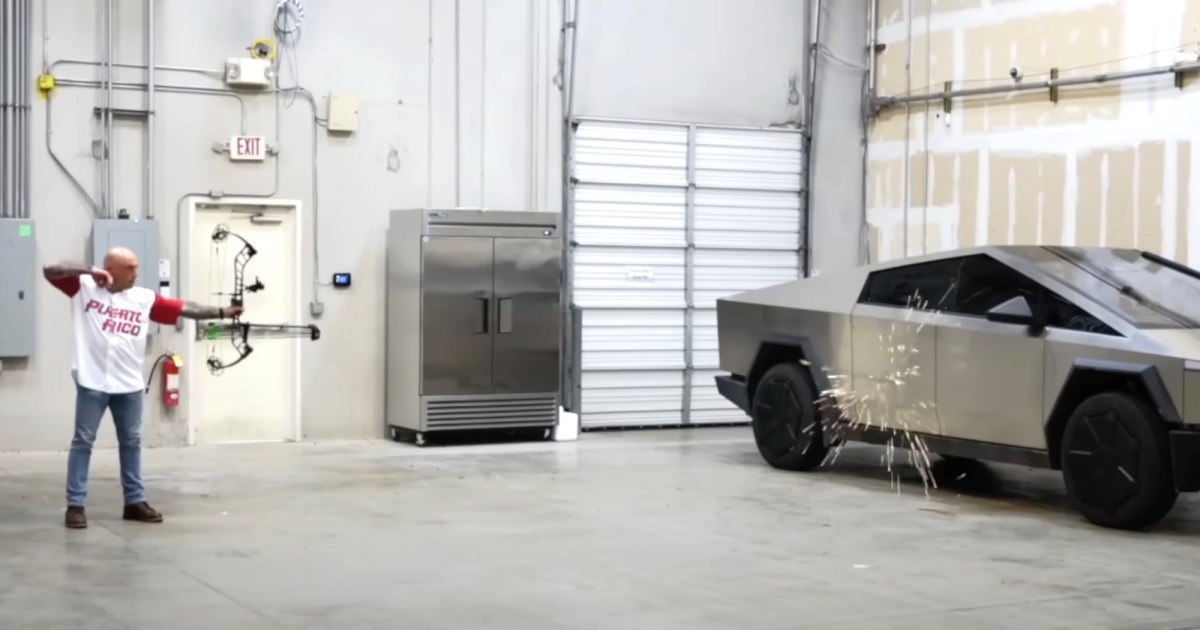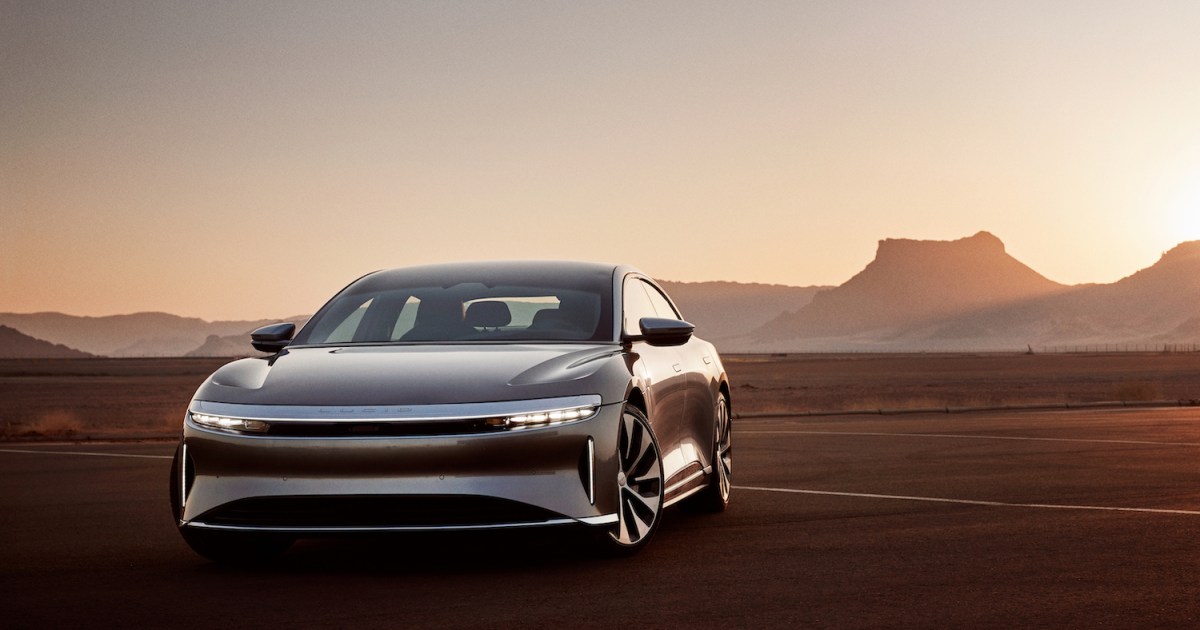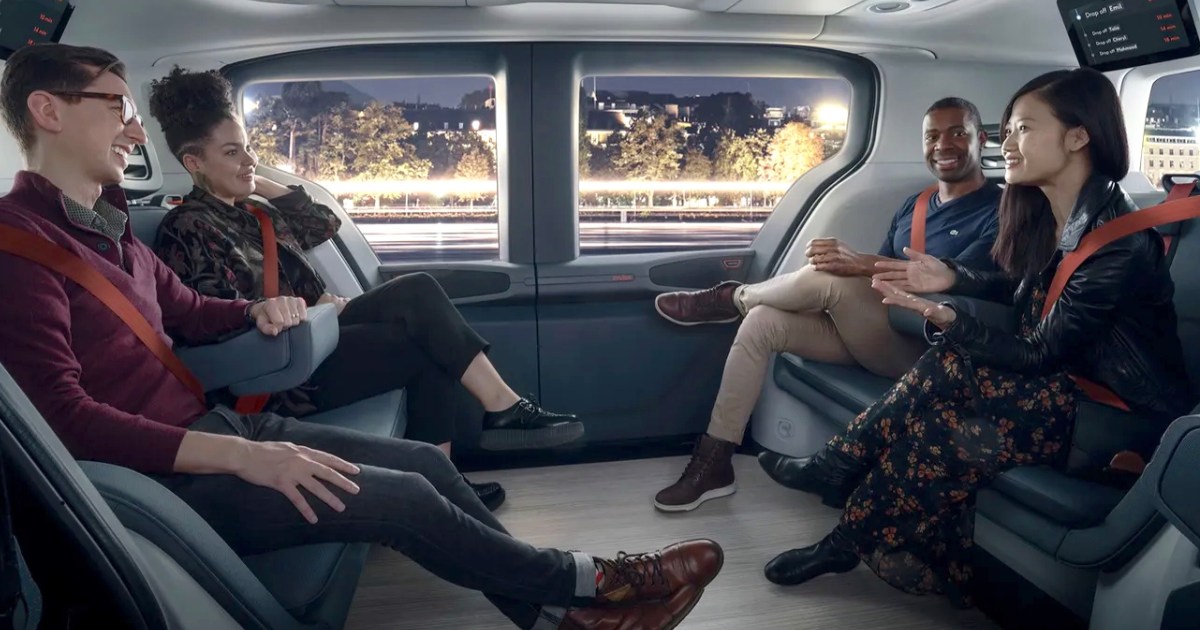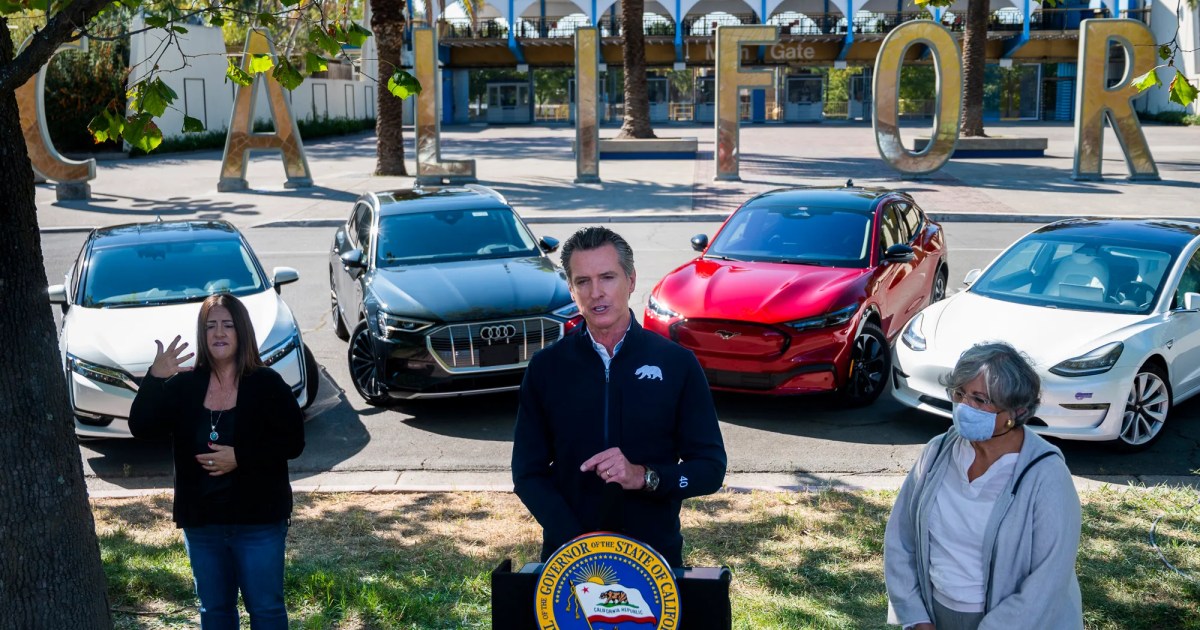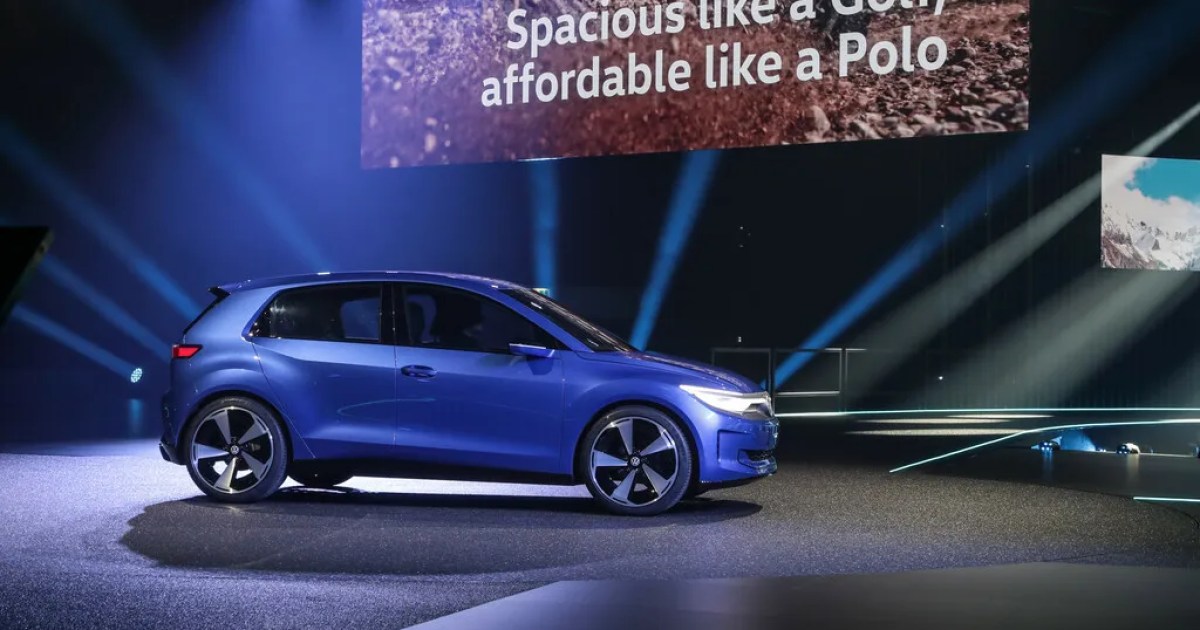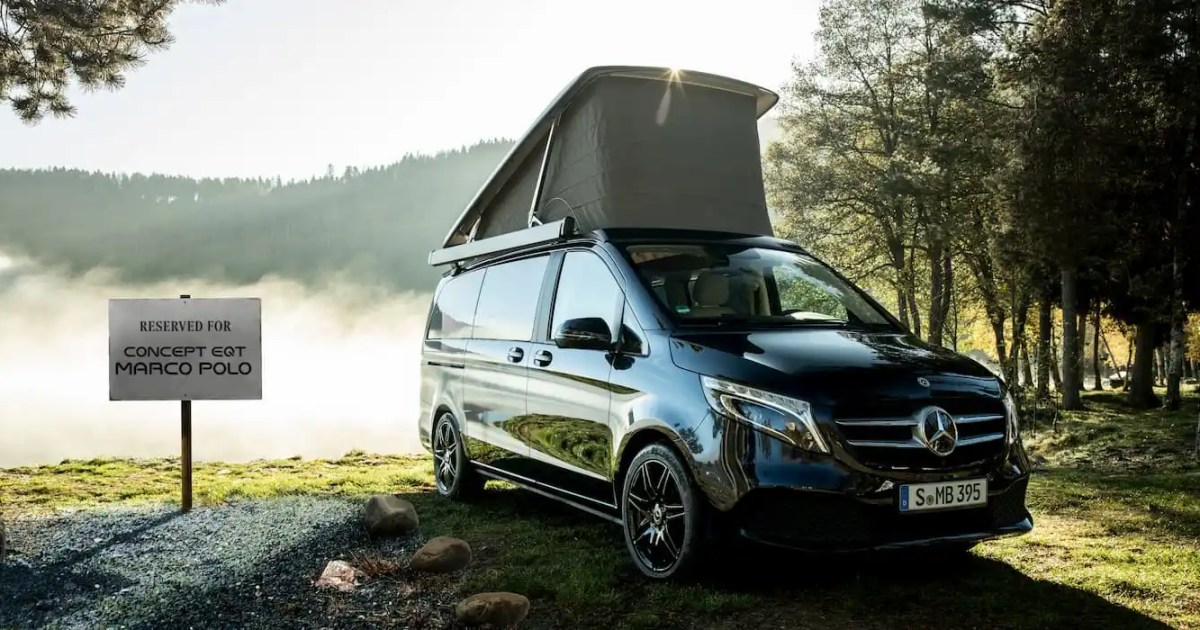Toyota has officially partnered with Tesla to integrate the North American Charging Standard (NACS) into its electric vehicles (EVs) starting in 2025. This decision aligns Toyota with a growing number of automakers, including GM, Ford, BMW, Jaguar Land Rover, Volvo, and Honda, who have already adopted the Tesla charging connector.
This transition to NACS offers significant advantages for EV owners, providing access to over 12,000 Tesla Superchargers across the U.S. Toyota’s existing EVs with the Combined Charging System (CCS) will also gain Supercharger compatibility through an adapter available in 2025. The company plans to introduce a new three-row, all-electric SUV built at its Kentucky plant, its largest global manufacturing facility, featuring the NACS port.
Tesla welcomed Toyota and Lexus owners to its Supercharger network via a social media announcement. Toyota, constantly vying with GM for dominance in the U.S. auto market, emphasized its commitment to “a seamless charging experience,” highlighting existing access to over 84,000 charging ports in North America, including Level 2 and DC fast chargers.
The adoption of NACS expands charging options, particularly DC fast chargers, boosting consumer confidence for long-distance travel. While Toyota has been cautious in its approach to fully electric vehicles, mirroring its delayed adoption of NACS, this partnership marks a significant victory for Tesla and the expansion of its charging infrastructure.
Toyota affirmed that “certain” future EVs will feature the NACS port. This strategic move not only enhances convenience for Toyota’s EV customers but also strengthens the position of NACS as the dominant charging standard in North America. This transition will likely influence other automakers and accelerate the shift towards a unified charging infrastructure.
Toyota unveils plans for NACS adoption.
Toyota’s decision reflects the increasing importance of charging infrastructure in the EV market. By embracing NACS, Toyota acknowledges the value of a robust and accessible charging network for its customers, ultimately contributing to the wider adoption of electric vehicles. This partnership underscores the ongoing evolution of the EV landscape and the collaborative efforts to establish a seamless and convenient charging experience for drivers.



